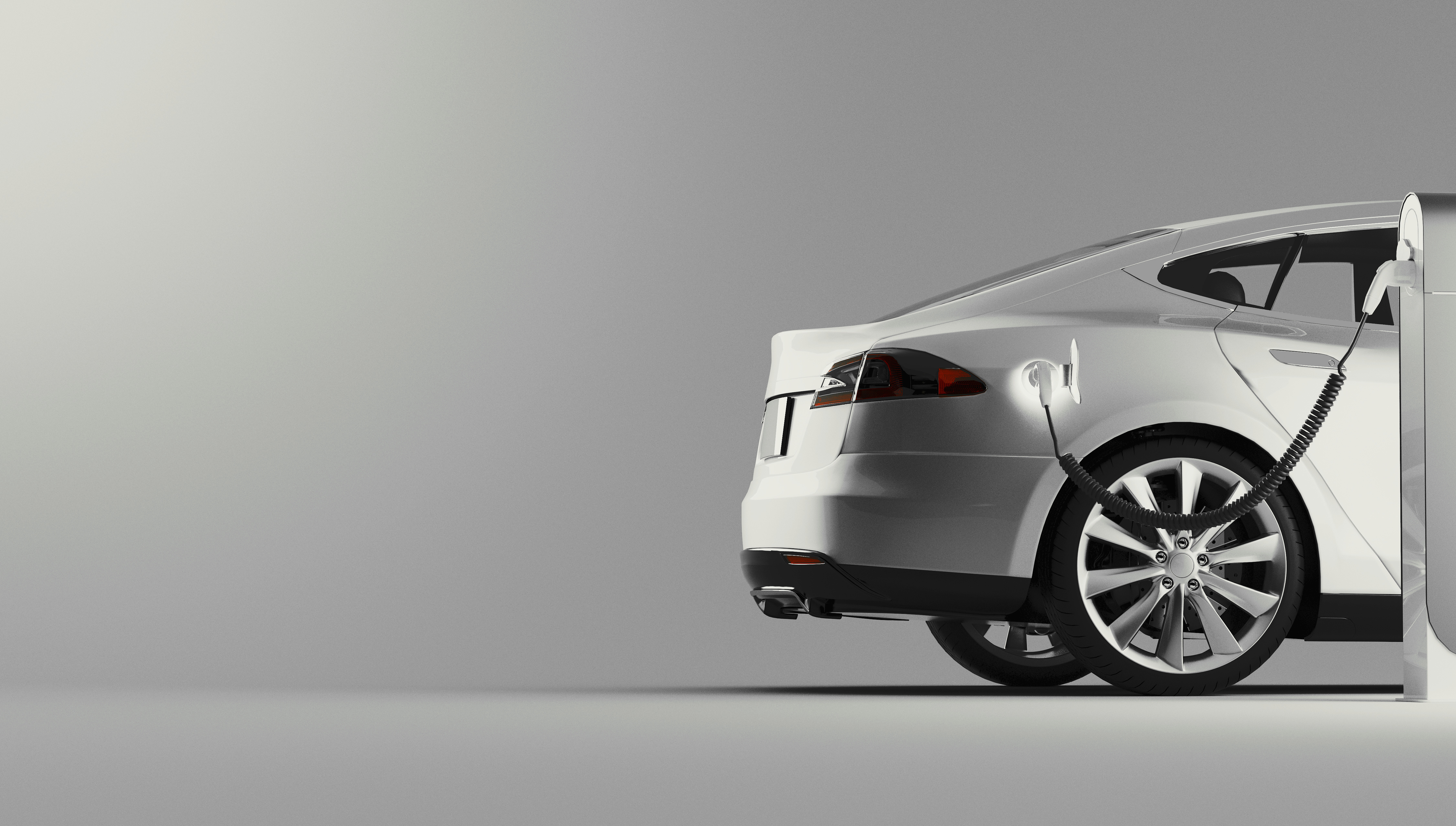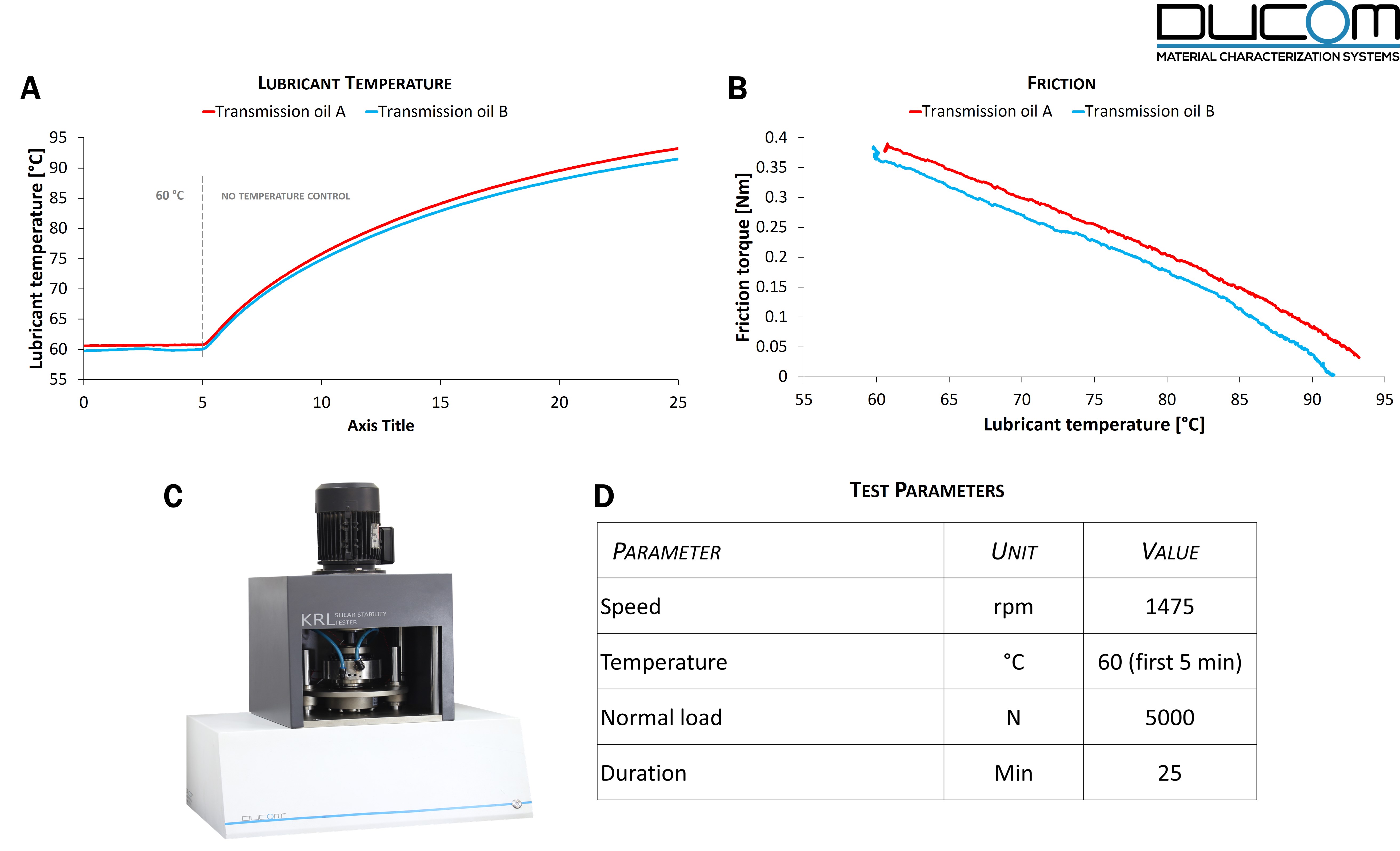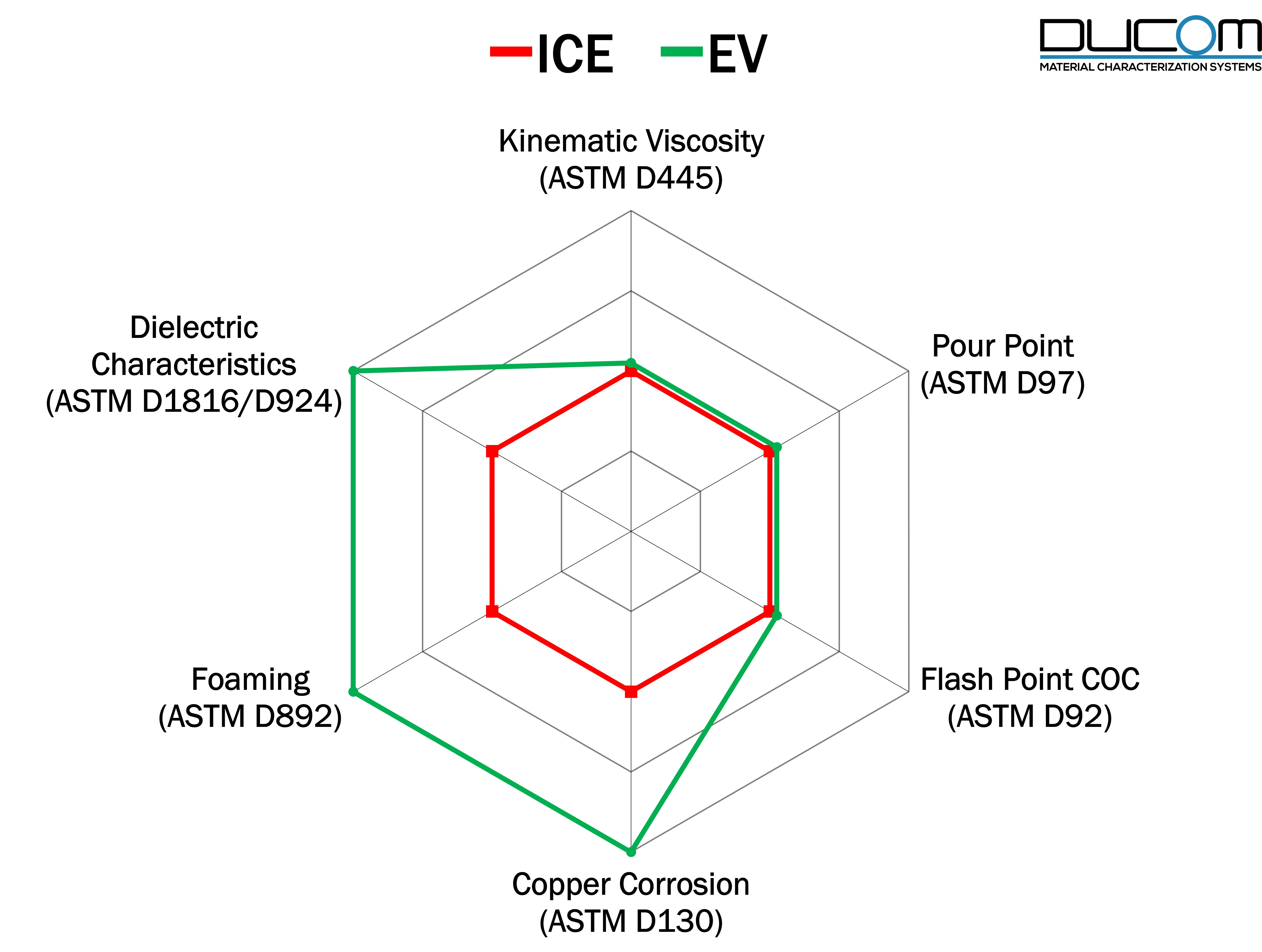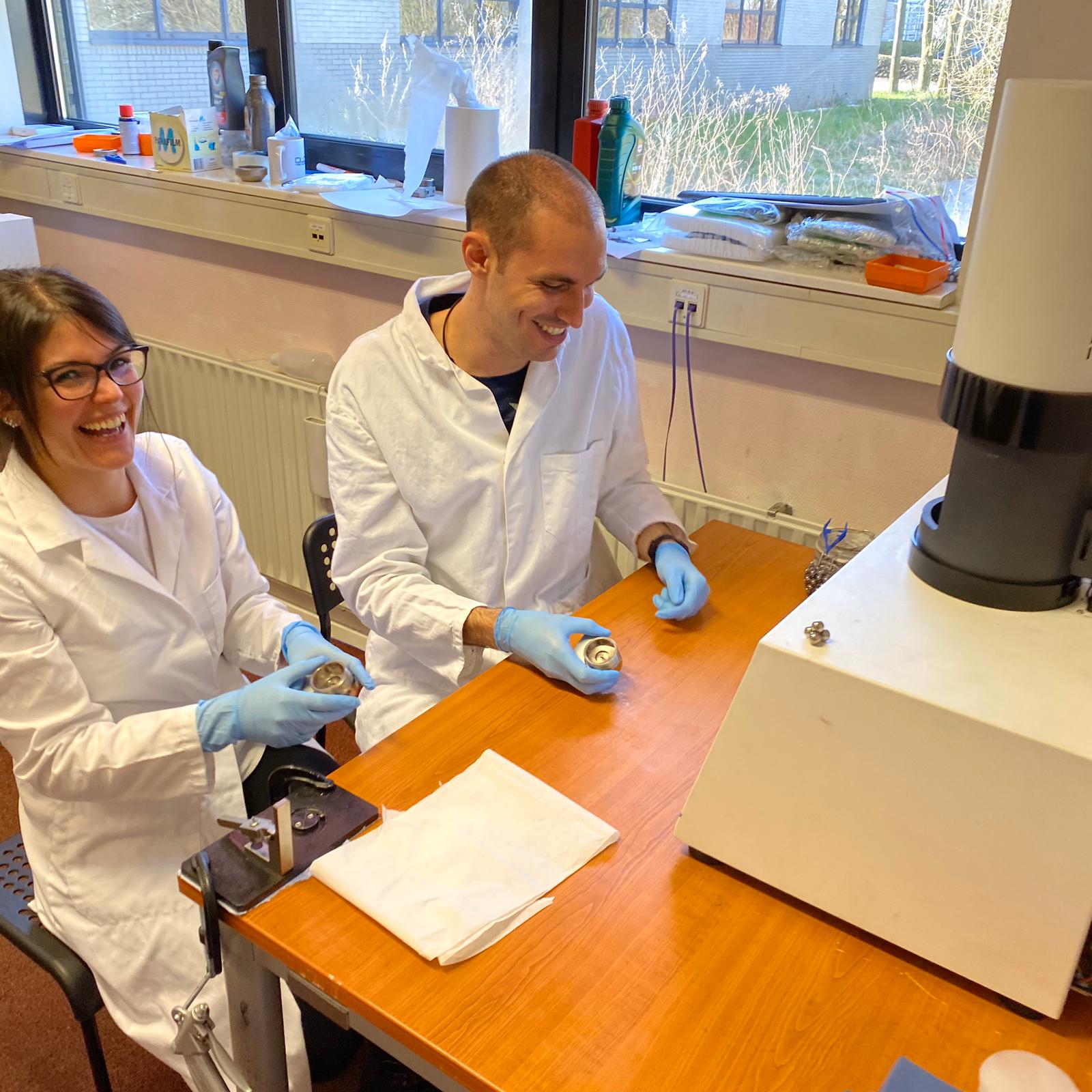
Over recent years we have accepted new modes of travelling on road that can be personalized. For those conscious about their carbon foot print the options are either electric vehicles (EV’s) or hybrid electric vehicles (HEV’s), as a substitute to vehicles with internal combustion engines (ICE’s). And, for those worried about parking and traffic in their city there is an option to share a ride. This newly created space is known as "mobility market" that has replaced conventional business processes in "transportation". Such a transformation has an impact on lubricants and bearings industry. According to Energy Insights by McKinsey, the volume growth of lubricants for road transport will decrease during 2020 and 2035. In the same period, we expect a production drop of 80 % in ICE’s (light duty vehicles) as this gap will be filled in by EV's / HEV's. The bearings industry will also see a decline in their volume growth, as fewer bearings are required in power transmission system in EV’s compared to ICE’s. Is there a silver lining in this transformation? Yes.
Although the volume growth declines the margins can increase. In lubricants sector the margins will increase to 44 % from 2020 to 2035 due to demand for high performance lubricants that are largely synthetic. Higher margins in bearing industry will be driven by coatings and designs in bearings that perform better in Noise, Vibration and Harshness (NVH). In the future the "mobility space" will be largely occupied by the companies that deliver high performance products.
At Ducom we value these challenges faced by our customers from lubricants and bearing industry. In this regard we have developed measuring techniques that drives value within these industry.
"Value drivers are Bearing Testers, Lubricity Testers and Tribometers that are embedded with high speed drives and current measurement system"
Novel bearings and Grease chemistry
E-motors spin up to 20,000 rpm which significantly stresses the grease lubricated bearings. Stray currents flowing through the bearings and shafts can create microarcs due to dielectric breakdown. This causes electro-erosion and micropitting on the raceway called “frosting” which compromises bearing life. Using hybrid bearings with ceramic (Si3N4) rolling elements avoid dielectric breakdown due to intrinsically high bulk electrical resistivity and offers a solution. Other contrasting solutions being developed include reducing interface electrical resistivity using conductive grease (filled-for-life). Grease components that can enhance conductivity without sacrificing lubricity are appealing. Ionic liquids show tremendous potential to suppress arc discharges whilst acting as good boundary lubricant due to dipolar films. In addition to stable and low friction and wear, the bearings lubricated for life should have better NVH performance.

Examples of Ducom instruments used in validating lubricants and bearing design for electric vehicles. Bearing Test Rig operational at Fersa Bearing (A), POD 4.0 (B), and Four Ball Tester/ FBT-3 (C).
These solutions and mechanisms can be validated using the simulators like Ducom Bearing Testers, lubricity testers like Four Ball Tester or FBT-3 and tribometers like Pin on Disk or PoD 4.0. All these instruments are equipped with current measurement module - a key requirement for materials research in EV's.
Extreme Pressure in Power Train System
In HEV’s drivetrain configuration, the e-motor and transmission drive are immersed in oil which acts both as a lubricant as well as coolant. Furthermore, electric motor power vs. torque vs. speed characteristics are completely different from ICE’s. How would this affect the properties of transmission fluids?
Electric motors offer maximum torque of several hundred N-m starting from zero rpm. Such, high starting torques are expected to result in peak EHD (elasto-hydrodynamic) contact pressures of 3-4 GPa compared to 1-2 GPa for conventional ICE’s. Adequate film thickness is crucial to reduce the risk of seizure in gears.
Ducom roller on roller or Twin-disk Tribometer, offers independent control of speeds between 1 to 3000 rpm with Stribeck feature to measure rolling sliding coefficient of friction of fluids. With loads upto 8000N, upto 4 GPa of contact pressures can be achieved using steel pairs as opposed to using “model tungsten-carbide contact pairs” which does not capture the adsorption and interaction of additives on a steel surface.
Ducom Twin disc tribometer equipped with extreme pressure and ECR module.
Measurement of electrical contact resistance (ECR) has historically been used to evaluate film failure and metal-to-metal contact. For a conducting fluid, this technique would have to be re-imagined evaluating interface electrical conductivity under EHD conditions. Ducom ECR module comes with a wide range of contact potentials and resistivity values suited for accurately evaluating the electrical characteristics of EV transmission fluids.
Conductivity of Transmission Fluids
Conventional transmission fluids are used in hybrid electric vehicles. Conventional transmissions fluids are intrinsic dielectrics, hence susceptible to breakdown under high voltage and currents. Furthermore, excellent thermal diffusivity is required to transfer heat from the motor to avoid temperature excursions. Balancing lubricity, electrical and thermal properties of novel fluids will be crucial for reliable functioning of the transmission drive and motor.
Under running conditions, higher speeds from the e-motor shaft increases the shear induced frictional heating that decreases the viscosity and film thickness. Lower viscosity fluids with reduced friction and high viscosity index will improve the efficiency and reliability of e-transmission systems. Ducom KRL shear stability tester uses a taper roller bearing to shear these fluids and degrade the viscosity index improvers in compliance with CEC L-45-99. Additional capabilities include a fast response temperature sensor and friction force sensor that allow simultaneous measurement of shearing induced heating, thermal response, and frictional torque that are important metrics for thermal and frictional properties of fluids.

Viscous heating and friction characteristics for two different transmissions fluids (80W-90) using a customized test protocol in Ducom KRL Shear Stability Test Rig.
Physical Properties of Transmission Fluids
Many existing standards for ICE's are being used for e-transmission fluids and for the moment appear adequate. However, several critical tests are not adequately addressed by existing standards and this will be the subject of upcoming standardization exercises. Case in point relates to copper corrosion test, foaming characteristics, and dielectric properties of fluids.
Copper corrosion is critical to evaluate compatibility of fluids with copper of electrical wiring and motor windings. Current carrying copper would lead to Joule heating and temperatures around 150 °C. Existing standards such as ASTM D130 do not cover such conditions. Foaming characteristics for e-transmission fluids would be more demanding due to the higher speeds (up to 20000 rpm) associated with the transmission system. Presence of air bubbles lead to excessive oxidation, potential cavitation and surface pitting, reduction in heat transfer characteristics and poor lubricity. Existing ASTM D892 standard would have to be redesigned to address the severity of foaming in EV’s. The insulating property and tan delta characteristics will be critical and require evaluation at higher temperatures (~ 150 deg C) beyond existing standard such as ASTM D924 which was developed for transformer fluids. Similarly, determining the breakdown voltage of fluids per test methods ASTM D877 & ASTM D1816 might require modification of the voltage specifications and electrode geometries.

Requirements for critical EV transmission fluid compared with traditional ICE transmission fluid.
The key lubricant properties which are critical and require test method development/modification are indicated in the above graph.
Conclusions
Ducom has several key measuring techniques like simulators, lubricant testers, tribometers and petrotesters that can enable new product development, that delivers high performance and margins. If Innovation is the need of the hour, then Ducom will walk with you to make the process more efficient. Please contact us if you need any assistance regarding techniques for electric vehicle tribology.
Contact us for more information. Our experts are just a click away.

USA: +1 (847) 737-1590
India: +91 (80) 4080-5555
Netherlands: +31 (85) 065 74 10